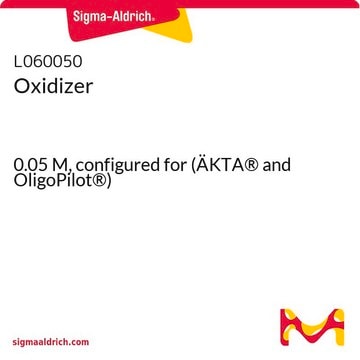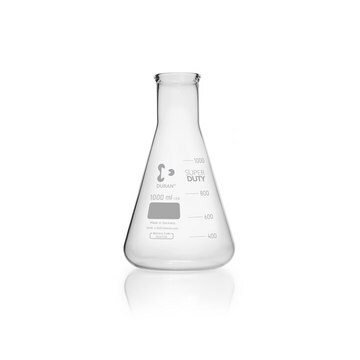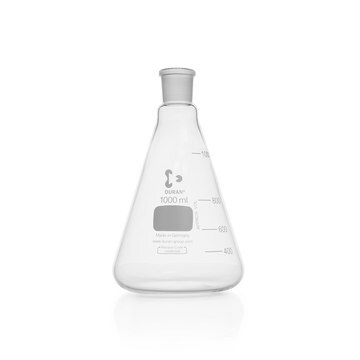CPG-507
Anionic Liposomes
Phosphatidylglycerol (PG)-based - DOPG:DOPC (30:70 molar ratio 10mM)
Zaloguj sięWyświetlanie cen organizacyjnych i kontraktowych
About This Item
Kod UNSPSC:
12352211
NACRES:
NA.25
Polecane produkty
Poziom jakości
skład
Phosphate buffered saline
stężenie
10 mM
zanieczyszczenia
30 mol % DOPG
70 mol % DOPC
wielkość cząstki
100 nm
pH
7.4
Szukasz podobnych produktów? Odwiedź Przewodnik dotyczący porównywania produktów
Opis ogólny
Liposomes are extensively used to study the interaction of proteins, peptides and other molecules with the surface of a lipid membrane. One of the parameters that affects this interaction is the charge of the liposomal membrane. Phosphatidylglycerol (PG) is a negatviely charged molecule. The amount of the negative zeta potential in the liposomes depends on the molar percentage of PG in the formulation. The anionic-phosphatidylglycerol (PG) liposome catalog contains products made from 0.5 up to 100 percent DOPG with various amount of negative zeta potentials. The matrix lipid DOPC used in the formulation does not significantly contribute to the charge of the liposomes.
Zastosowanie
Drug delivery
Lipid-protein interactions
Lipid-protein interactions
Przechowywanie i stabilność
Liposomes should never be frozen. Liposomes should be stored in the dark at 4°C, except when brought to room temperature for brief periods prior to use.
Liposomes are made under sterile conditions. If you need to take multiple aliquots out of the vial, it is advised to take extreme care in not contaminating the vial. It is recommended to handle the vial under a sterile hood to maintain the sterility of the product. Liposomes should never be frozen. Ice crystals that form during freezing will rupture the lipid membrane of the liposomes and change the size of liposomes particles.
Liposomes are made under sterile conditions. If you need to take multiple aliquots out of the vial, it is advised to take extreme care in not contaminating the vial. It is recommended to handle the vial under a sterile hood to maintain the sterility of the product. Liposomes should never be frozen. Ice crystals that form during freezing will rupture the lipid membrane of the liposomes and change the size of liposomes particles.
Informacje prawne
Cellsome is a trademark of Encapsula NanoSciences
Product of Encapsula Nanosciences
Oświadczenie o zrzeczeniu się odpowiedzialności
For research use only
This page may contain text that has been machine translated.
Kod klasy składowania
12 - Non Combustible Liquids
Klasa zagrożenia wodnego (WGK)
WGK 2
Temperatura zapłonu (°F)
Not applicable
Temperatura zapłonu (°C)
Not applicable
Certyfikaty analizy (CoA)
Poszukaj Certyfikaty analizy (CoA), wpisując numer partii/serii produktów. Numery serii i partii można znaleźć na etykiecie produktu po słowach „seria” lub „partia”.
Masz już ten produkt?
Dokumenty związane z niedawno zakupionymi produktami zostały zamieszczone w Bibliotece dokumentów.
Nasz zespół naukowców ma doświadczenie we wszystkich obszarach badań, w tym w naukach przyrodniczych, materiałoznawstwie, syntezie chemicznej, chromatografii, analityce i wielu innych dziedzinach.
Skontaktuj się z zespołem ds. pomocy technicznej







